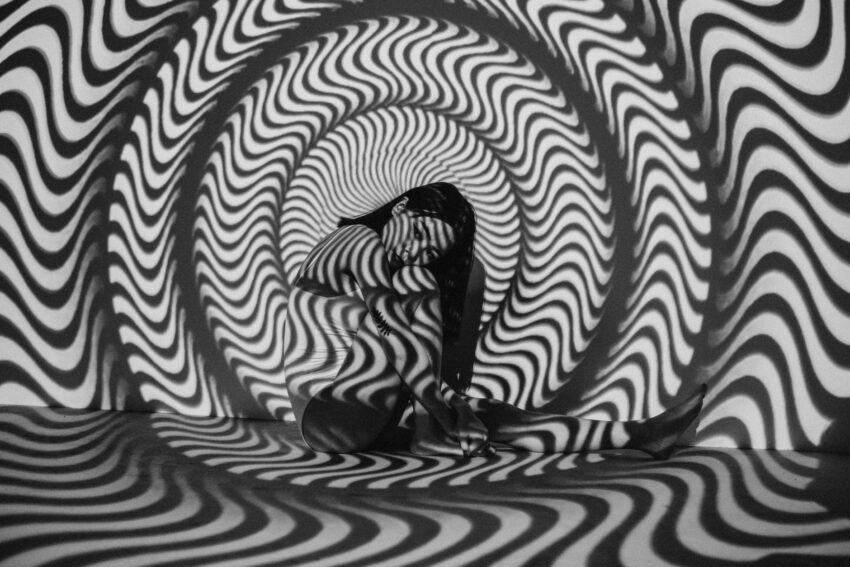Since time immemorial, psychedelic substances have found a place in traditional medicines, religious rituals, and cultural phenomenon. Indigenous cultures across the globe, famous for embracing shamanism and the performative use of plants with potent psychedelic properties, have used these substances for centuries as sweeping tools for healing, spiritual guidance, and inter-dimensional exploration. However, the complex trajectory of using these substances in medical and psychotherapeutic contexts—what we now term as psychedelic therapy—has a history worth delving into.
The path of psychedelic therapy started gaining traction in the 1950s and 1960s when substances like LSD (lysergic acid diethylamide) and psilocybin—the active component in “magic mushrooms”—were still legal. In the world of psychotherapy, these substances were hailed as valuable tools for treatment. For instance, LSD was being tentatively used to treat alcoholism and various types of psychological distress. On the other hand, psilocybin was used in medical trials focusing on treating subjects with terminal cancer to alleviate impending death anxiety.
Unfortunately, the socio-political storm gathering in the late 60s and early 70s over recreational drug use saw these promising substances being swept up in blanket bans, which seriously stymied the progress and acceptance of psychedelic therapy. In an era that reeked of Richard Nixon’s infamous “War on Drugs,” substances like LSD and psilocybin were listed as Schedule 1 drugs: claimed to have no recognized therapeutic use and a high potential for abuse.
The dark age for psychedelic therapy persisted until the early 21st century when researchers, clinicians, and advocates for psychedelic substances began to push back against longstanding stigmas and prohibitive policies. The emergence of a psychedelic renaissance heralded a new age where the medical potential of these substances started being accepted once more. A monumental study by the Johns Hopkins University in 2006 marked a watershed moment, where researchers found that even a single dose of psilocybin could trigger long-term positive personality changes.
By leveraging the psychoactive properties of such substances, psychedelic therapy began to gain traction as an innovative form of treatment for issues like PTSD, substance dependence, depression, and anxiety. The altered states of consciousness that psychedelics induce reportedly helps patients confront their emotions, negative patterns of thought, and traumatic memories on a much deeper level than traditional therapy can reach, leading to profound healing and personal growth.
Today, we’re living amidst a renewed wave of interest and acceptance of psychedelic therapy. This resurgence is fuelled by promising research outcomes and evolving societal attitudes towards mental health. Multidisciplinary Association for Psychedelic Studies (MAPS) is at the forefront, actively advocating for the medicinal use of psychedelics. A landmark phase 3 trial by MAPS for PTSD victims using MDMA-assisted psychotherapy has demonstrated successful results with extremely high remission rates.
The journey of psychedelic therapy from traditional medicine practices, through periods of controversy, scientific intrigue, societal and legal backlash, and its ultimate resurrection, portrays a fascinating historical narrative. This path is not just a history of a treatment form, but an allegory for our evolving understanding of consciousness, mental health, emotional well-being, and the boundless potential that resides within the human mind.
Psychedelic therapy is no longer lingering on the fringes of experimental psychotherapy. Instead, it is gradually getting acknowledged and integrated into the mainstream medical discourse. As we advance further into this psychedelic renaissance, it is hoped that these substances, once stigmatized and feared, will reveal deeper avenues for healing and self-discovery. Much like their role in indigenous cultures and shamanistic practices, psychedelics will continue their legacy as profound tools for transformation and healing.
